Home>Gardening & Outdoor>Outdoor Recreation & Activities>What Temperature Is A Swimming Pool
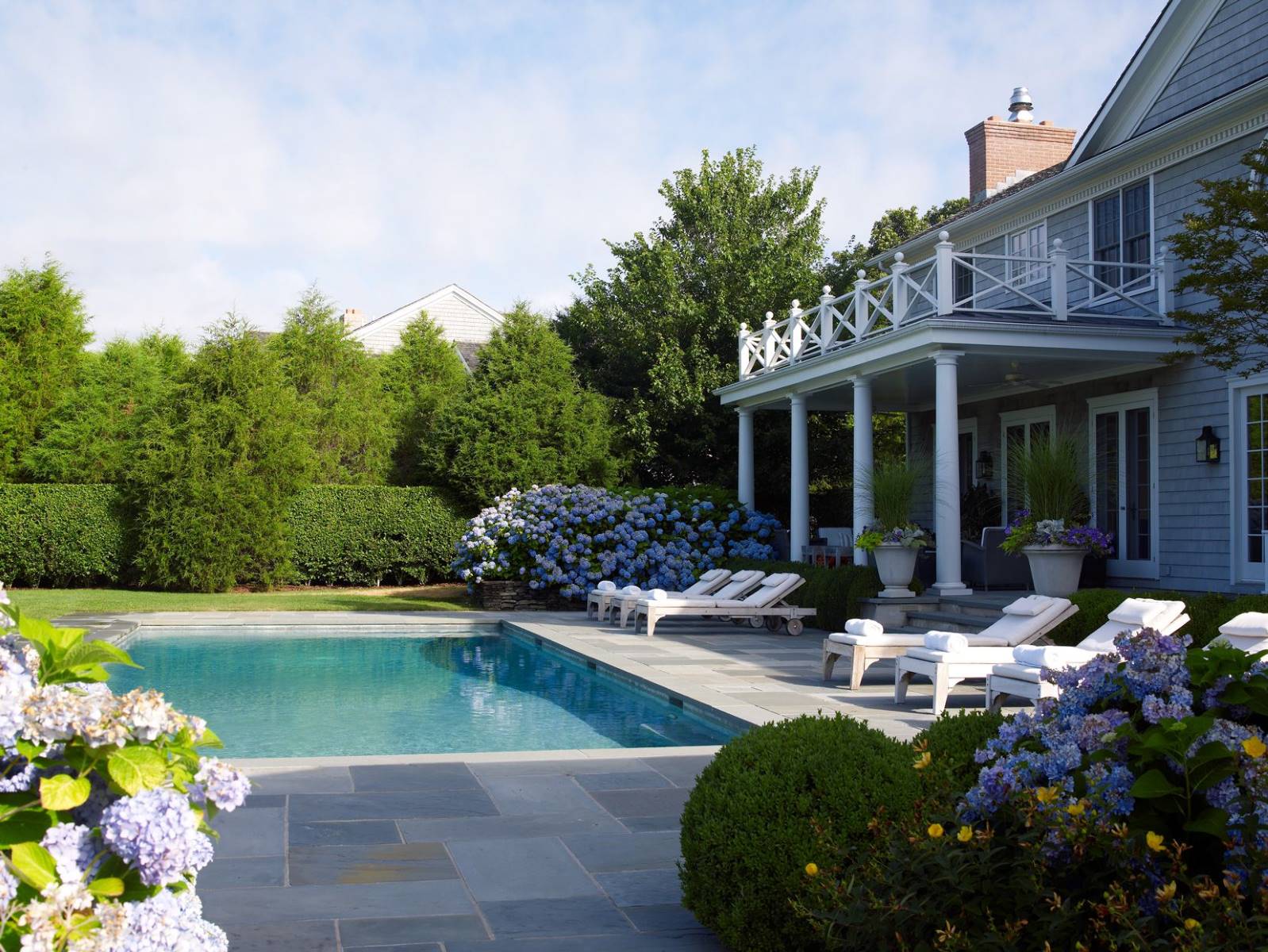

Outdoor Recreation & Activities
What Temperature Is A Swimming Pool
Published: February 18, 2024
Discover the ideal swimming pool temperature for ultimate outdoor recreation and activities. Learn how to maintain the perfect pool temperature for your enjoyment.
(Many of the links in this article redirect to a specific reviewed product. Your purchase of these products through affiliate links helps to generate commission for Storables.com, at no extra cost. Learn more)
Introduction
When it comes to enjoying a refreshing dip in a swimming pool, the temperature of the water plays a crucial role in the overall experience. Whether you're a casual swimmer, a dedicated athlete, or simply someone who loves lounging in the water, understanding the ideal swimming pool temperature and the factors that influence it is essential for maximizing your enjoyment.
The temperature of a swimming pool is not just a matter of comfort; it also impacts the effectiveness of various pool activities. For instance, competitive swimmers require a different water temperature than someone who wants to relax and unwind. Additionally, the geographical location and climate can significantly influence the natural temperature of an outdoor pool, making it important to consider heating and cooling methods to maintain an optimal swimming environment.
In this comprehensive guide, we will delve into the various factors that affect swimming pool temperature, explore the ideal temperature for different types of pool activities, and discuss the methods available for both heating and cooling a swimming pool. By the end of this article, you will have a deeper understanding of how to achieve the perfect swimming pool temperature for your specific needs, ensuring that every plunge into the water is a delightful and invigorating experience.
Key Takeaways:
- The ideal swimming pool temperature varies for different activities. For fun and leisure, aim for 78°F to 82°F. Competitive swimmers prefer slightly cooler water, while water aerobics and therapy benefit from warmer temperatures.
- To maintain the perfect swimming pool temperature, consider factors like climate, sun exposure, and depth. Use heating methods like solar panels and heat pumps, and cooling methods like shade structures and water features for a refreshing swim experience.
Factors Affecting Swimming Pool Temperature
The temperature of a swimming pool is influenced by a variety of factors, each playing a significant role in determining the overall warmth or coolness of the water. Understanding these factors is crucial for maintaining an optimal swimming environment. Here are the key elements that affect swimming pool temperature:
-
Climate and Weather Conditions: The geographical location of a swimming pool greatly impacts its temperature. In warmer climates, such as tropical regions, the sun's intense heat can naturally raise the water temperature. Conversely, pools in cooler climates may struggle to maintain warmth, especially during colder seasons.
-
Sun Exposure: The amount of direct sunlight a pool receives can significantly affect its temperature. Pools that are exposed to prolonged sunlight tend to absorb and retain more heat, resulting in warmer water. Conversely, shaded pools or those with limited sun exposure may have cooler water temperatures.
-
Wind: Wind can cause rapid evaporation, which leads to a drop in water temperature. In windy areas, the cooling effect of evaporation can make the pool water feel colder, especially on breezy days.
-
Pool Insulation and Cover: The design and insulation of a pool, as well as the use of covers, can impact its temperature. Well-insulated pools with high-quality covers can help retain heat, while poorly insulated pools may lose warmth more quickly.
-
Depth of the Pool: Deeper pools tend to have cooler water, as the lower levels are less affected by surface heating. Shallow pools, on the other hand, warm up more quickly due to their reduced water volume and increased exposure to sunlight.
-
Heating and Cooling Systems: The presence of heating or cooling systems, such as solar panels, heat pumps, or chillers, directly influences a pool's temperature. These systems allow pool owners to adjust the water temperature according to their preferences, regardless of external factors.
By considering these factors, pool owners can gain insight into the dynamics of swimming pool temperature and make informed decisions regarding the management and maintenance of their pool's thermal conditions.
Ideal Temperature for a Swimming Pool
The ideal temperature for a swimming pool is a crucial consideration, as it directly impacts the comfort and enjoyment of swimmers engaging in various activities. While individual preferences may vary, there are generally accepted temperature ranges that cater to different purposes and preferences.
For recreational swimming and leisurely dips, the recommended temperature typically falls between 78°F and 82°F (25.5°C and 28°C). This range provides a pleasant and refreshing experience for casual swimmers, allowing them to comfortably stay in the water for extended periods without feeling too cold or too warm. Additionally, this temperature range is ideal for families and children, as it promotes a safe and enjoyable swimming environment.
Competitive swimmers, on the other hand, often prefer slightly cooler water to support their rigorous training and performance. For lap swimming and competitive training, the recommended temperature ranges from 78°F to 80°F (25.5°C to 26.5°C). The slightly lower temperature helps prevent overheating during intense physical activity, allowing swimmers to maintain their stamina and focus.
Furthermore, individuals engaging in water aerobics or aquatic therapy typically benefit from a warmer pool environment. Water temperatures ranging from 83°F to 88°F (28.5°C to 31°C) are conducive to these activities, as the increased warmth supports muscle relaxation and flexibility, making it easier to perform exercises and movements in the water.
For those seeking relaxation and hydrotherapy, such as in a spa or hot tub, the ideal temperature is notably higher, typically ranging from 90°F to 104°F (32°C to 40°C). The elevated temperature promotes relaxation, eases tension, and soothes sore muscles, offering a therapeutic and rejuvenating experience.
It's important to note that the ideal swimming pool temperature can also be influenced by external factors, such as climate, weather conditions, and the preferences of the pool users. Pool owners should consider these factors when determining the optimal temperature for their specific pool, ensuring that it aligns with the intended use and the comfort of the swimmers.
By understanding the ideal temperature ranges for different pool activities, pool owners can create a versatile and accommodating swimming environment that caters to a wide range of preferences and purposes, ultimately enhancing the overall swimming experience for all users.
Methods for Heating a Swimming Pool
Heating a swimming pool is essential for maintaining a comfortable water temperature, especially in regions with cooler climates or during the colder months. Fortunately, there are several effective methods available to heat a swimming pool, each offering unique advantages and considerations. Let's explore these methods in detail:
1. Solar Heating Systems
Solar heating systems harness the sun's energy to warm the pool water, making them an environmentally friendly and cost-effective option. These systems typically consist of solar panels installed on a roof or a ground-mounted structure. As water circulates through the panels, it absorbs heat from the sun and returns to the pool, gradually raising the water temperature. While solar heating systems are most efficient in sunny climates, they can still provide significant heating benefits in partially cloudy or cooler conditions.
2. Heat Pumps
Heat pumps utilize electricity to extract heat from the surrounding air and transfer it to the pool water. Unlike traditional electric heaters, heat pumps are highly energy-efficient, making them a sustainable heating solution. They are particularly effective in moderate to warm climates, where the ambient air temperature remains relatively consistent. While heat pumps may have a higher initial cost, their long-term energy savings and reliable performance make them a popular choice for pool heating.
3. Gas Heaters
Gas heaters, powered by natural gas or propane, offer rapid and reliable heating for swimming pools. These heaters are capable of quickly raising the water temperature, making them ideal for on-demand heating or for maintaining consistent warmth in colder climates. Gas heaters are known for their efficiency and ability to heat pools of all sizes, providing flexibility and convenience for pool owners.
4. Electric Resistance Heaters
Electric resistance heaters, also known as electric heat pumps, generate heat by passing an electric current through a resistor. While they are effective at heating pool water, they are often considered less energy-efficient compared to other heating methods. However, electric resistance heaters are a viable option for smaller pools or as a supplementary heating source, especially in areas where gas or solar heating may not be feasible.
5. Pool Covers
In addition to dedicated heating systems, pool covers play a crucial role in retaining and maximizing the existing heat in a swimming pool. By preventing heat loss through evaporation and minimizing heat dissipation, pool covers help maintain the water temperature and reduce the energy consumption of heating systems. When used in conjunction with other heating methods, pool covers contribute to overall energy efficiency and temperature management.
By considering these methods for heating a swimming pool, pool owners can make informed decisions based on their specific needs, budget, and environmental considerations. Each heating method offers distinct advantages, allowing pool owners to create a comfortable and inviting swimming environment throughout the year.
Read more: What Is A Skimmer In A Swimming Pool
Methods for Cooling a Swimming Pool
When the temperature rises and the sun beats down, a refreshing and comfortably cool swimming pool becomes an oasis of relief. Cooling a swimming pool is essential, especially in hot climates or during the scorching summer months. Fortunately, there are several effective methods available to lower the temperature of a swimming pool, ensuring a pleasant and invigorating swimming experience. Let's explore these methods in detail:
1. Evaporative Cooling
Evaporative cooling is a natural and energy-efficient method of lowering the temperature of a swimming pool. By harnessing the cooling effect of evaporation, pool owners can effectively reduce the water temperature. This process involves strategically placing misting systems or fountain jets around the pool area to create a fine mist that evaporates and cools the surrounding air. As the water droplets evaporate, they absorb heat from the air and reduce the temperature of the pool water, providing a refreshing and revitalizing experience for swimmers.
2. Shade Structures
Shade structures, such as pergolas, umbrellas, or retractable awnings, offer a simple yet effective way to cool a swimming pool by providing shelter from direct sunlight. By creating shaded areas around the pool deck, these structures help reduce the impact of solar radiation, preventing excessive heating of the pool water. Additionally, shade structures offer a comfortable retreat for swimmers seeking relief from the sun's intense rays, enhancing the overall enjoyment of the pool environment.
3. Water Features
Incorporating water features, such as waterfalls, fountains, or cascading streams, can contribute to the natural cooling of a swimming pool. The movement and aeration of water through these features facilitate evaporation, which effectively lowers the pool water temperature. Furthermore, the soothing sounds and visual appeal of water features enhance the ambiance of the pool area, creating a tranquil and refreshing atmosphere for swimmers to enjoy.
Read more: What To Do In The Swimming Pool
4. Nighttime Radiational Cooling
Nighttime radiational cooling takes advantage of the natural cooling process that occurs after sunset. During the night, the surrounding air temperature decreases, allowing the pool water to release accumulated heat and gradually cool down. To optimize this cooling method, pool owners can utilize pool covers to trap the daytime heat and prevent its escape, enabling the water to benefit from the cooler nighttime temperatures.
5. Chiller Systems
For precise and consistent cooling, chiller systems offer a reliable solution to lower the temperature of a swimming pool. These systems function similarly to air conditioning units, using refrigeration technology to extract heat from the pool water and circulate it through a heat exchanger. As the heat is dissipated, the water is cooled and returned to the pool, maintaining a refreshing and comfortable temperature for swimmers, even in the hottest conditions.
By considering these methods for cooling a swimming pool, pool owners can effectively manage the water temperature, ensuring that swimmers can enjoy a refreshing and comfortable experience, even in the midst of sweltering heat. Each cooling method offers unique benefits, allowing pool owners to create an inviting and rejuvenating swimming environment that caters to the needs and preferences of all users.
Conclusion
In conclusion, the temperature of a swimming pool plays a pivotal role in shaping the overall swimming experience, influencing comfort, performance, and relaxation. By understanding the various factors that affect swimming pool temperature, pool owners can make informed decisions to optimize the thermal conditions of their pools. Factors such as climate, sun exposure, wind, pool insulation, depth, and the presence of heating and cooling systems all contribute to the dynamic nature of pool temperature.
The ideal swimming pool temperature varies depending on the intended use and the preferences of the swimmers. For recreational swimming and leisurely activities, a temperature range of 78°F to 82°F (25.5°C to 28°C) offers a refreshing and inviting environment. Competitive swimmers may prefer slightly cooler water, ranging from 78°F to 80°F (25.5°C to 26.5°C), to support their training and performance. Additionally, water aerobics and aquatic therapy benefit from warmer temperatures, typically ranging from 83°F to 88°F (28.5°C to 31°C), while spa and hot tub experiences thrive in temperatures ranging from 90°F to 104°F (32°C to 40°C).
When it comes to maintaining the desired pool temperature, pool owners have a range of effective heating and cooling methods at their disposal. Solar heating systems, heat pumps, gas heaters, electric resistance heaters, and pool covers offer versatile options for heating a swimming pool, catering to different climates and energy preferences. Conversely, evaporative cooling, shade structures, water features, nighttime radiational cooling, and chiller systems provide effective means of cooling a swimming pool, ensuring a refreshing and comfortable environment for swimmers, even in the face of scorching temperatures.
By carefully considering these methods and understanding the ideal temperature ranges for different pool activities, pool owners can create a versatile and accommodating swimming environment that caters to a wide range of preferences and purposes. Whether it's for relaxation, exercise, competition, or family fun, maintaining the perfect swimming pool temperature enhances the overall experience, making every plunge into the water a delightful and invigorating adventure.
Frequently Asked Questions about What Temperature Is A Swimming Pool
Was this page helpful?
At Storables.com, we guarantee accurate and reliable information. Our content, validated by Expert Board Contributors, is crafted following stringent Editorial Policies. We're committed to providing you with well-researched, expert-backed insights for all your informational needs.
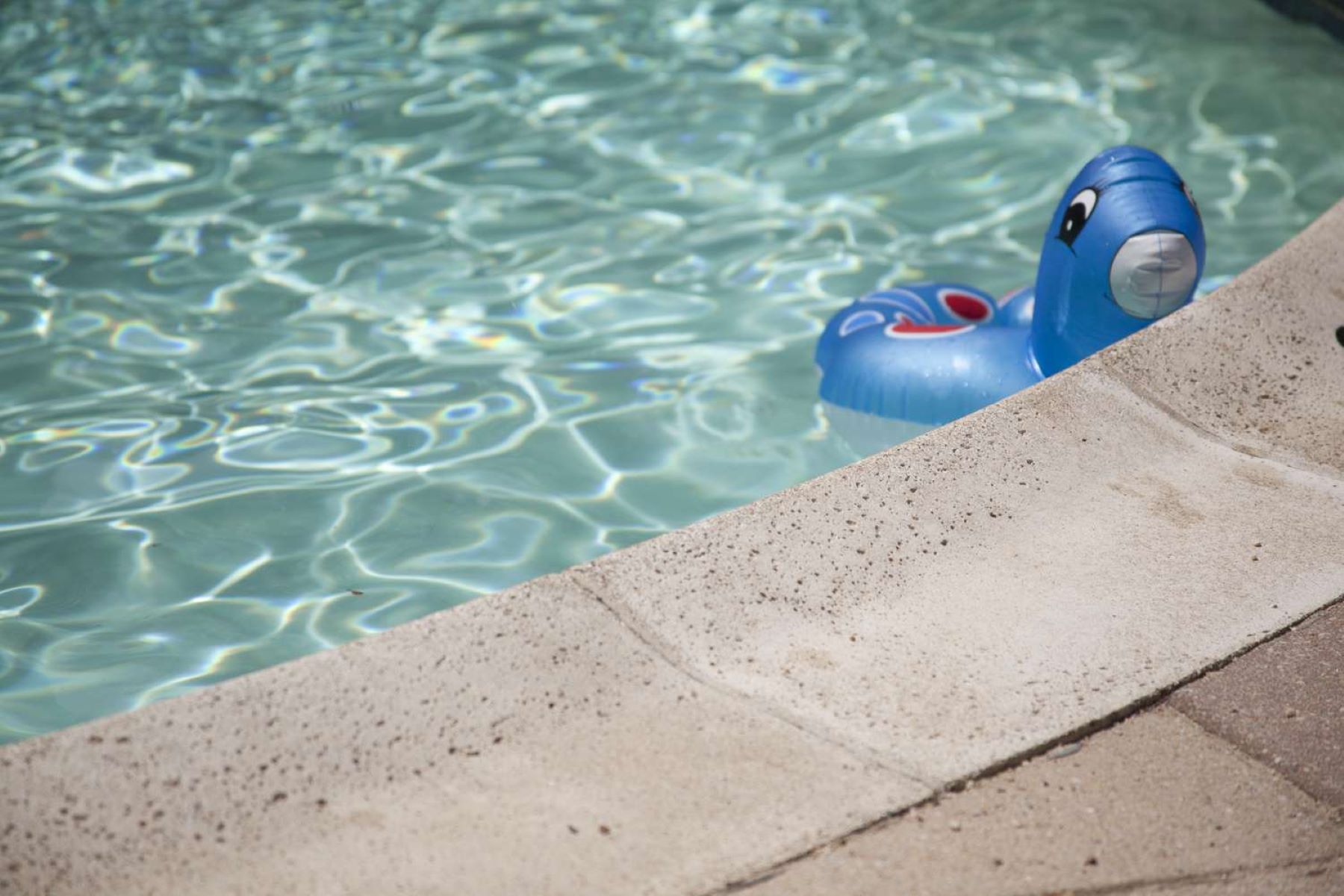
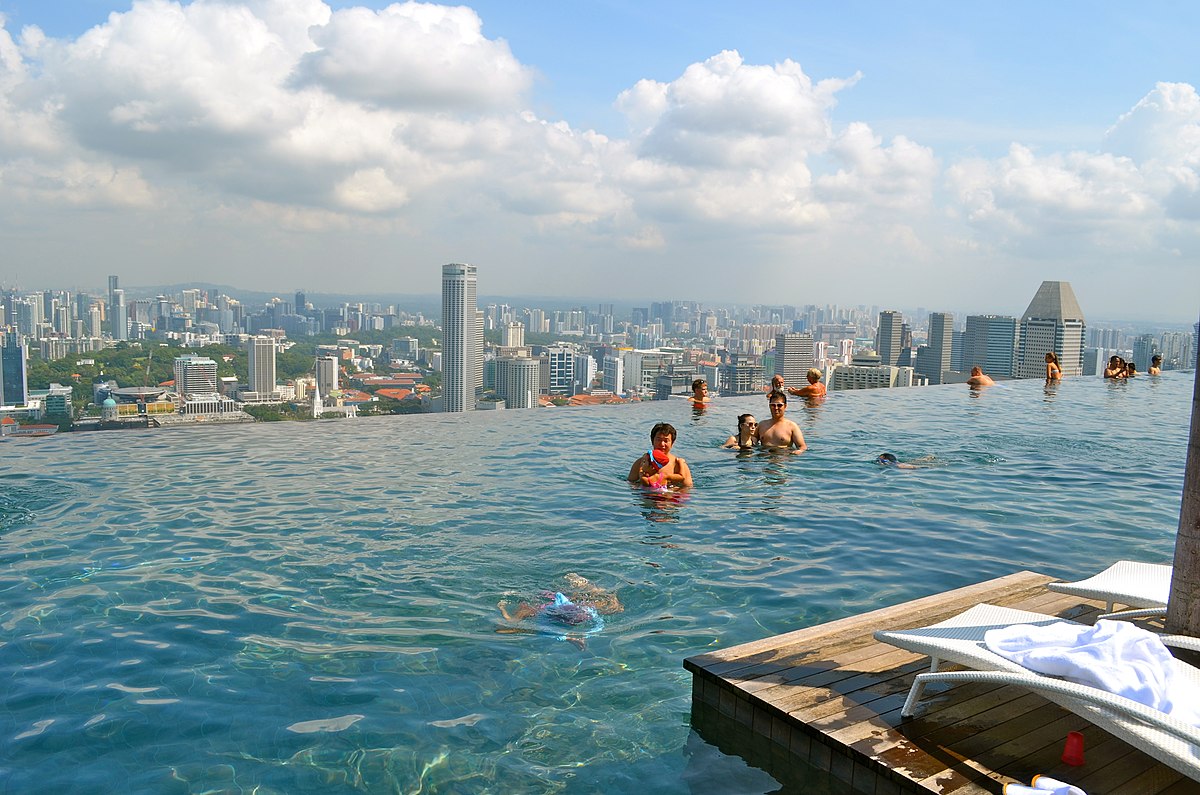
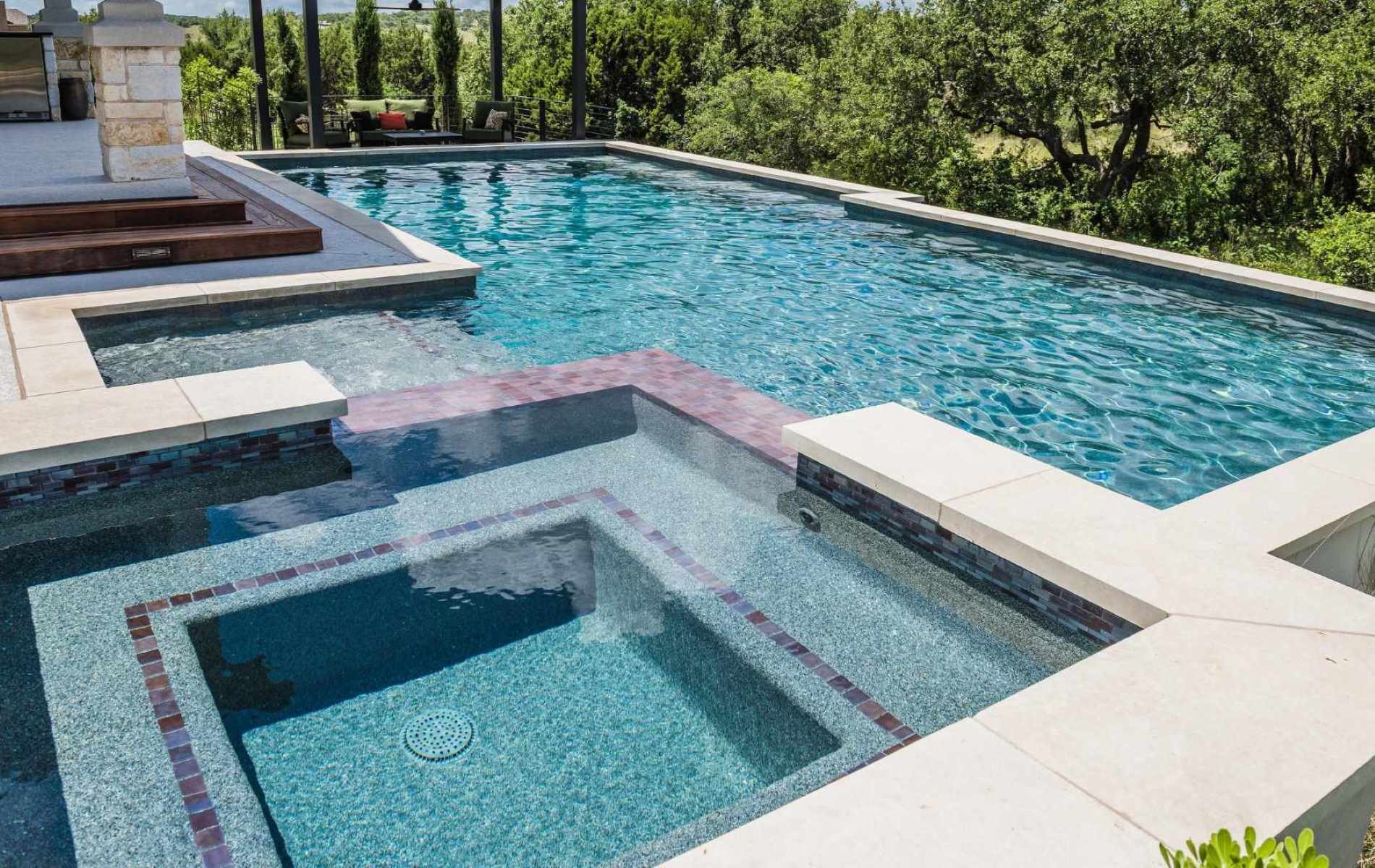
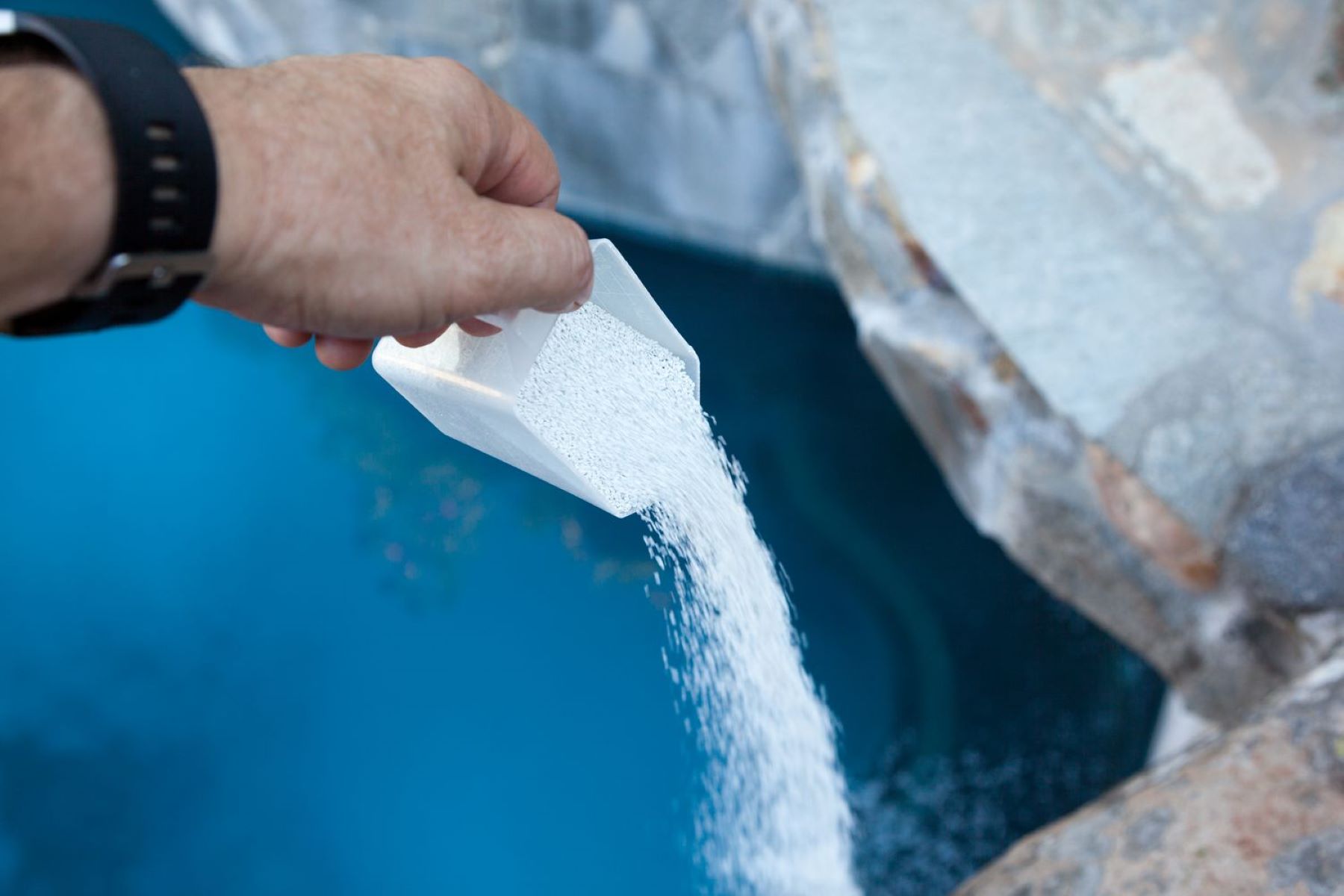
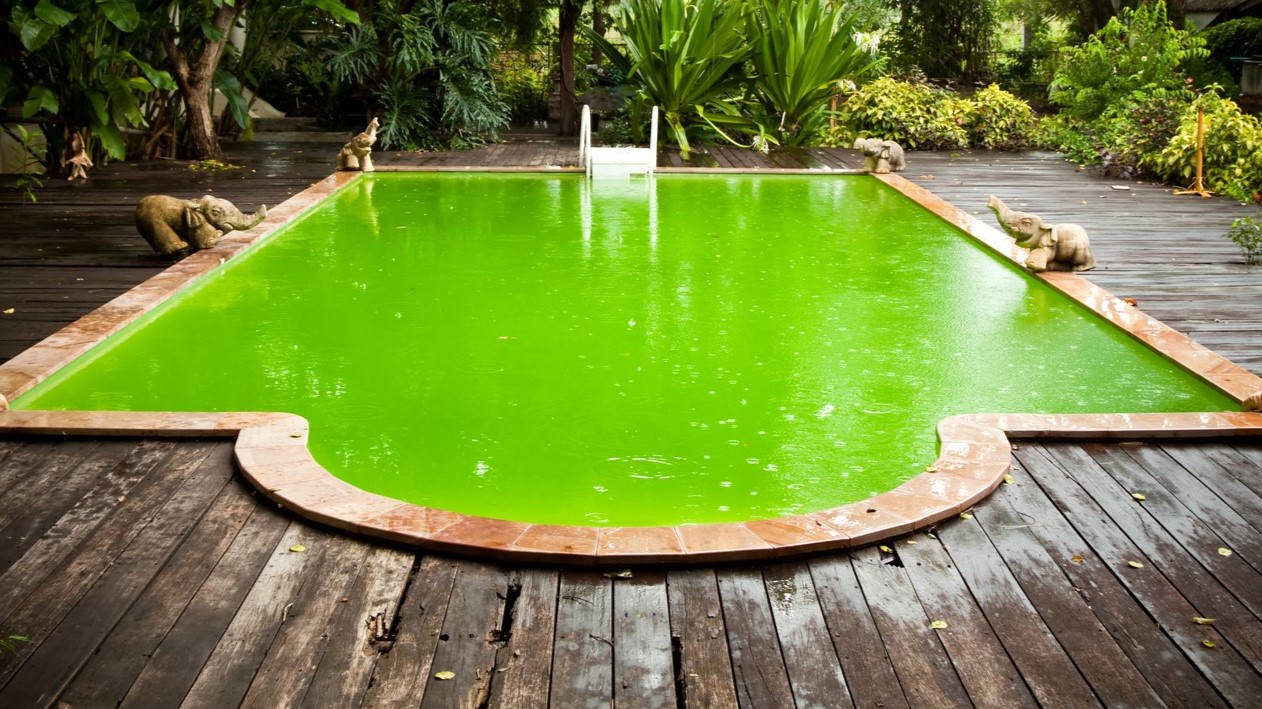
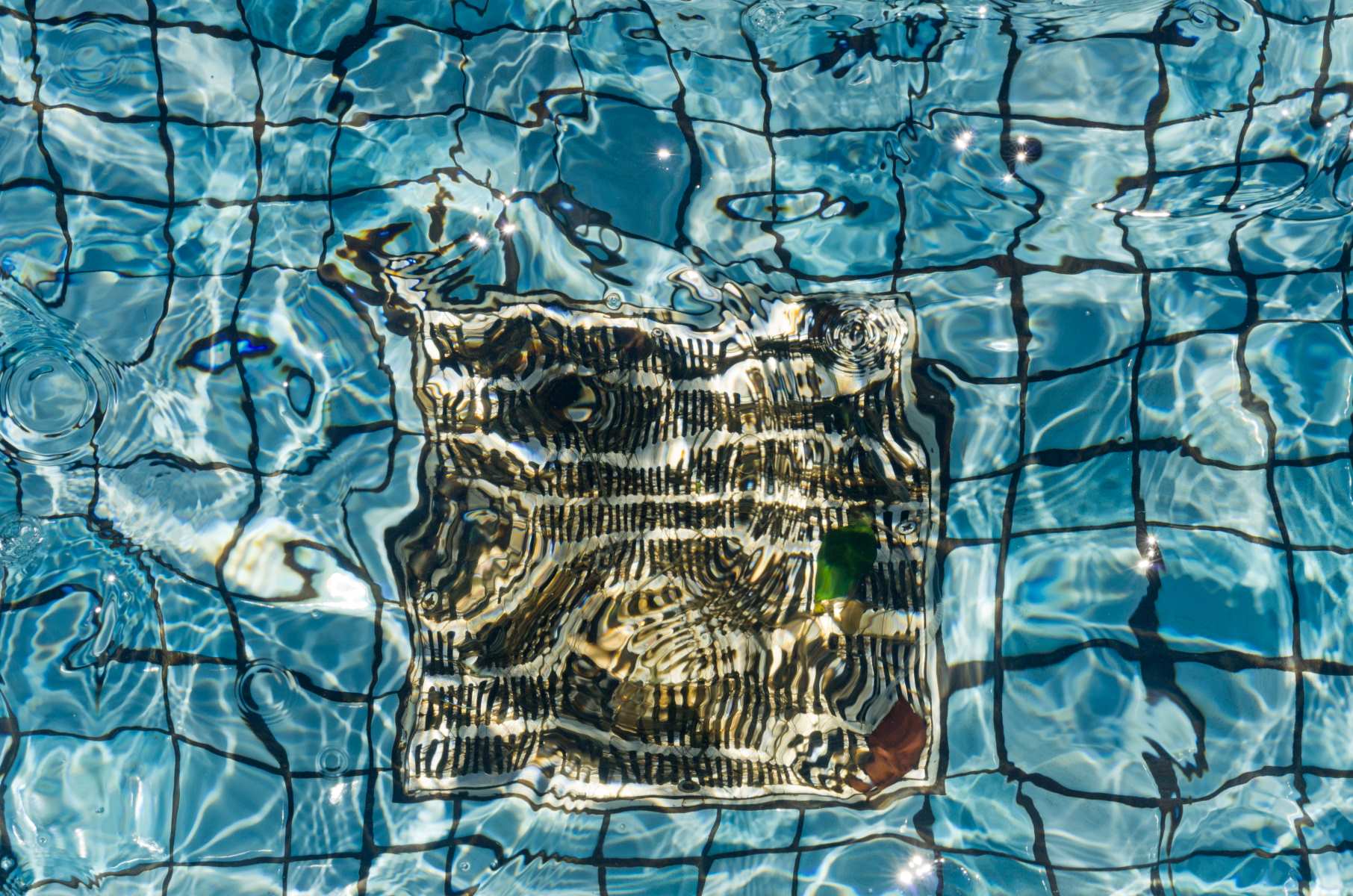
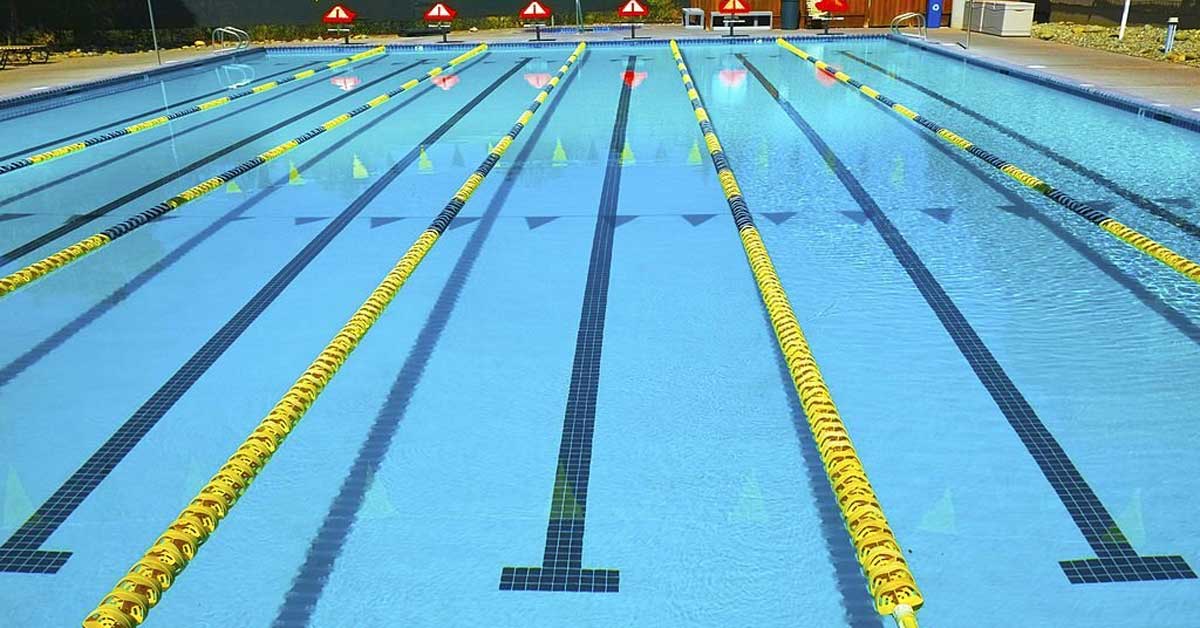
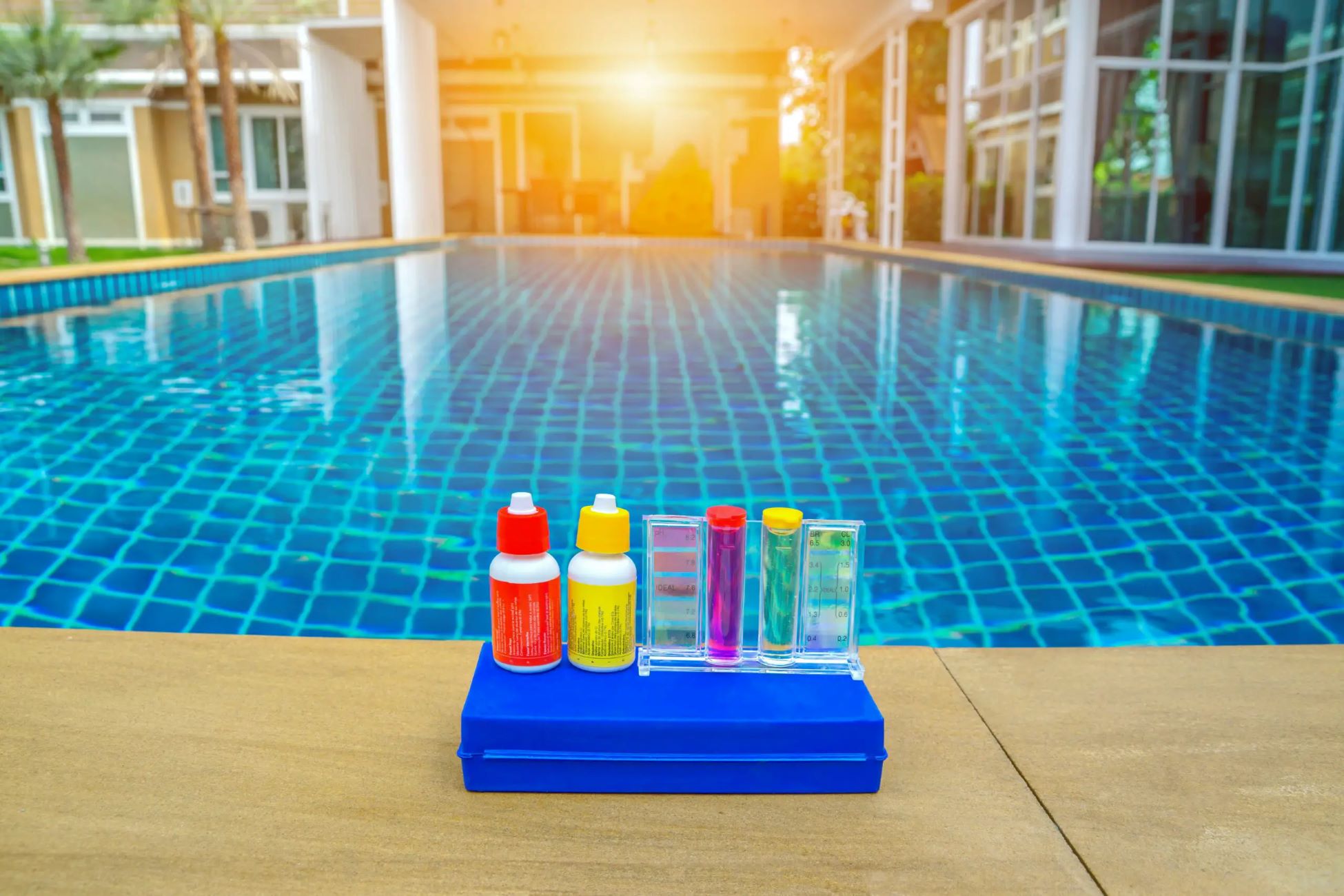
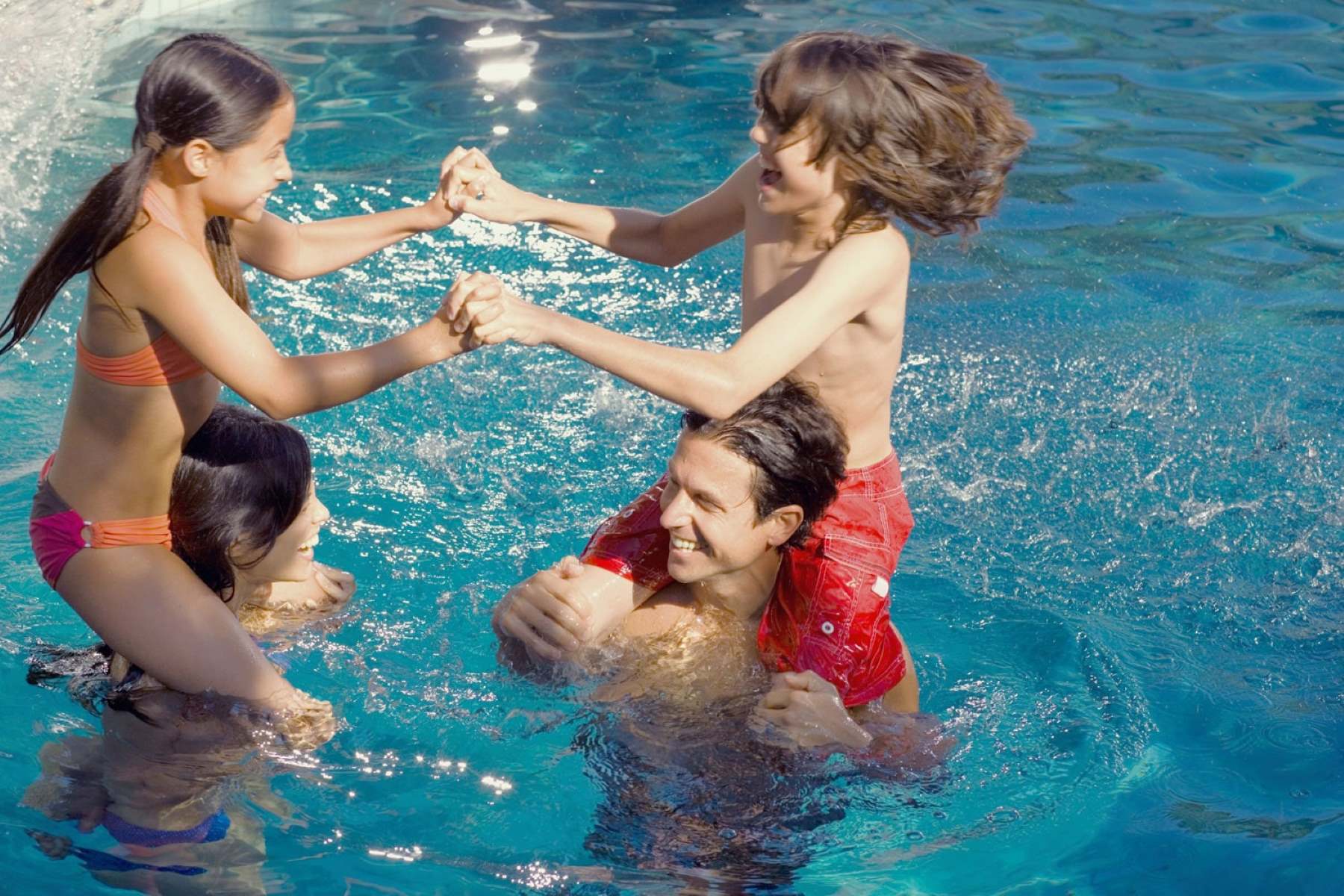
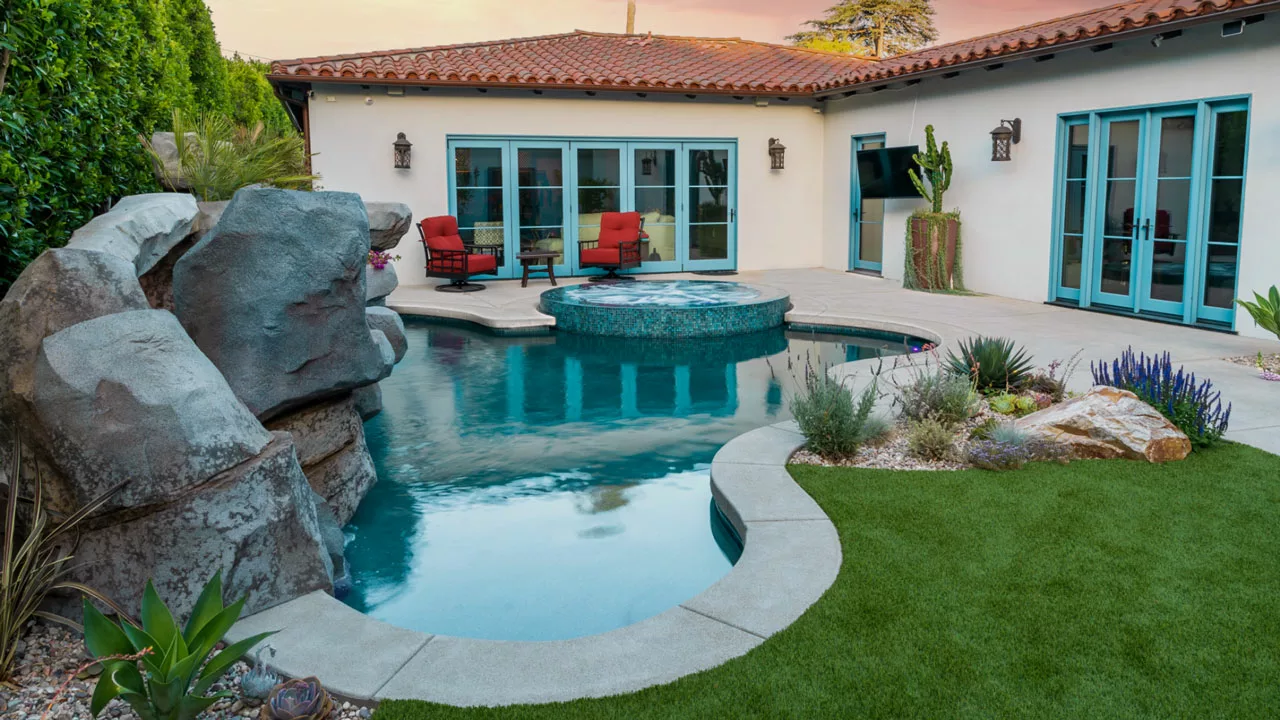
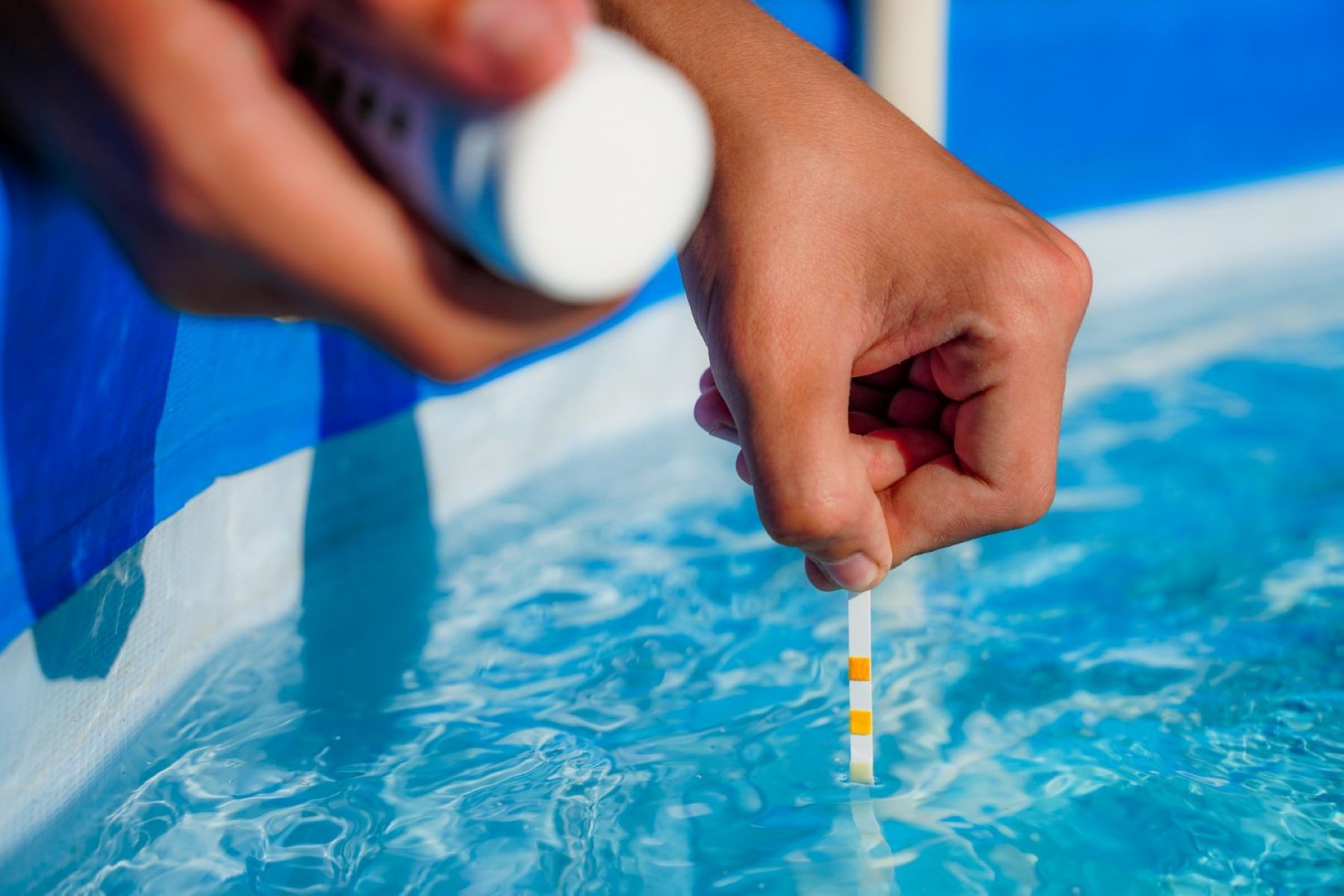
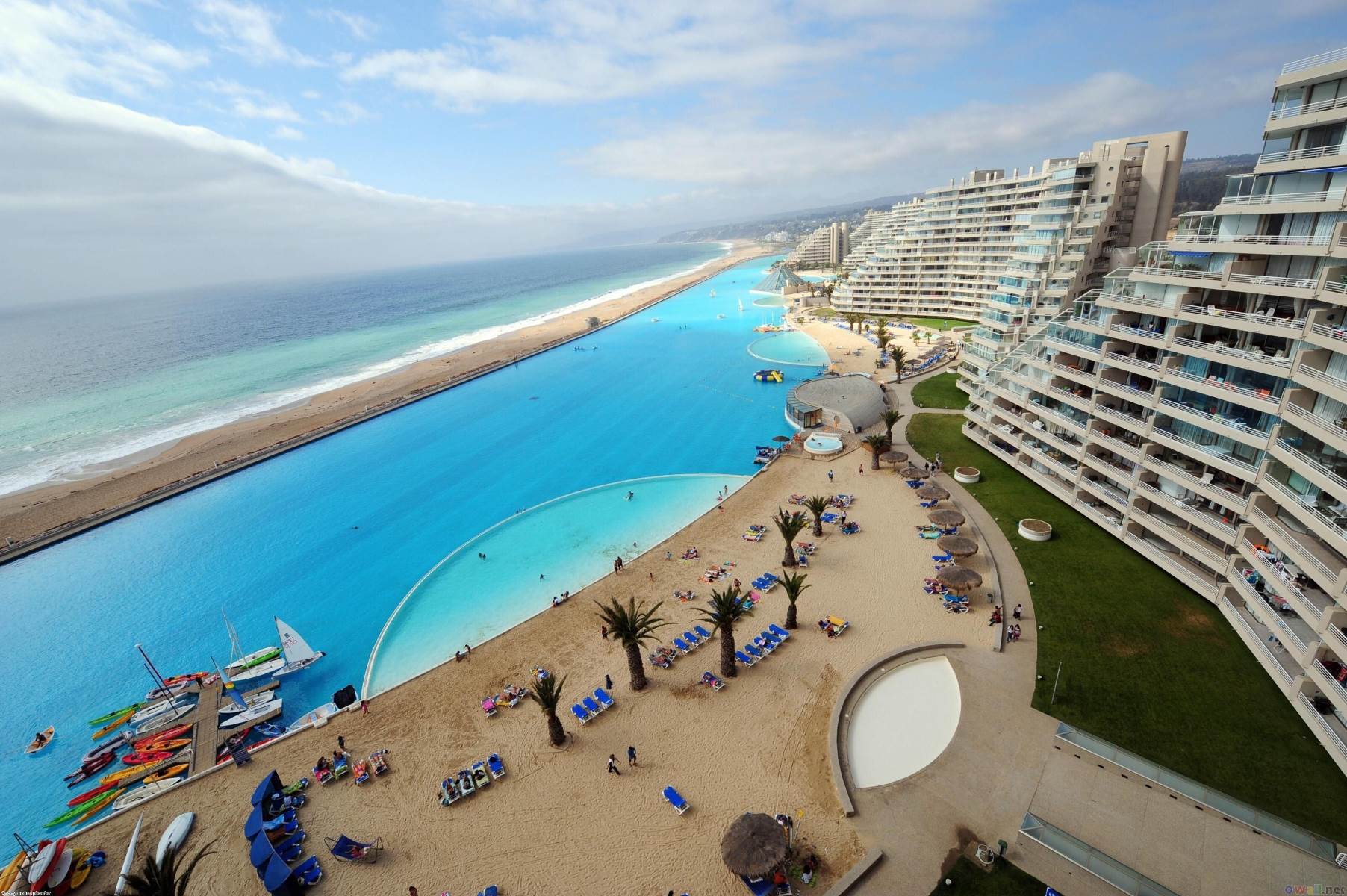

0 thoughts on “What Temperature Is A Swimming Pool”